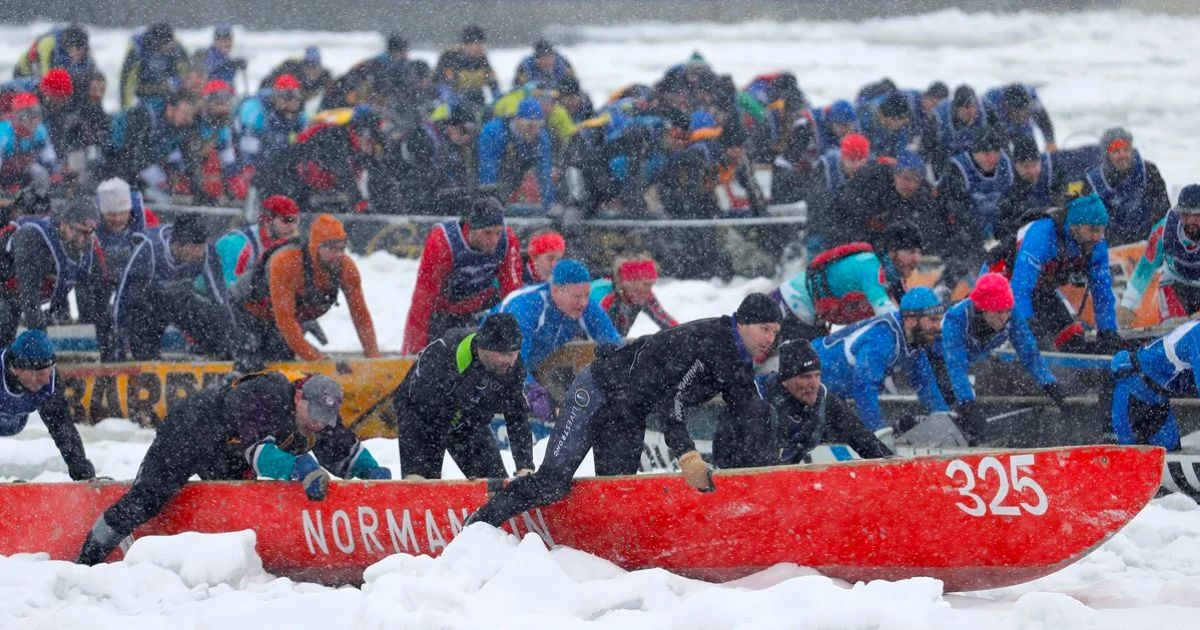The ice canoe race at Quebec Winter Carnival is a unique sport practiced solely in Québec, Canada. It is the most unique and risk-free method to enjoy winter fun on the St. Lawrence River. Consider the legendary ice canoe races held during the Québec Winter Carnival!
Originally a winter mode of transportation, the ice canoe is now both an outdoor recreation and a colorful competitive event bordering on the extreme sport.
1. Don’t miss the Canoe Race at Quebec Winter Carnival 2023
- Time: February 5, 2023 / 1 p.m.-3 p.m.
- The cost: free
The ice canoe races have returned to the Québec Winter Carnival after a brief absence. Spectators are welcome to witness the canoe races for free from the Port of Québec’s wharves 19 and 21. A kiosk serves classic Western-style breakfast and hot drinks to visitors.
2. How is the Québec Winter Carnival Ice canoe race going?
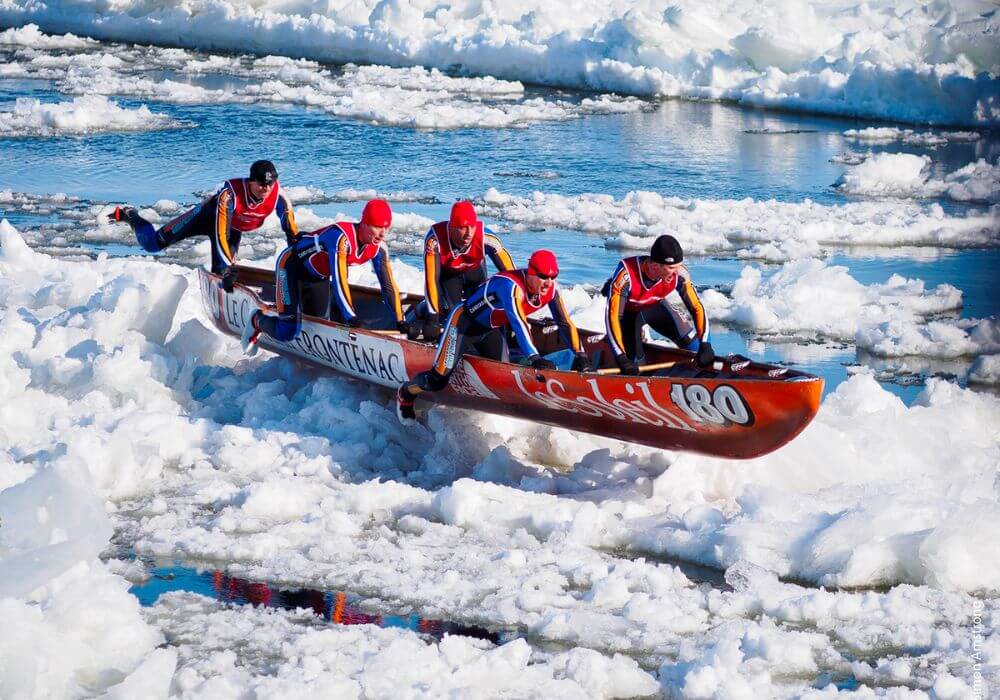
During the winter, passage on the St. Lawrence River is only feasible thanks to the tireless efforts of the Icebreaker ships. The mix of smashed ice, snow, and ebbing tides creates enormous areas of ice, transforming the river into an ideal playground for ice canoeing.
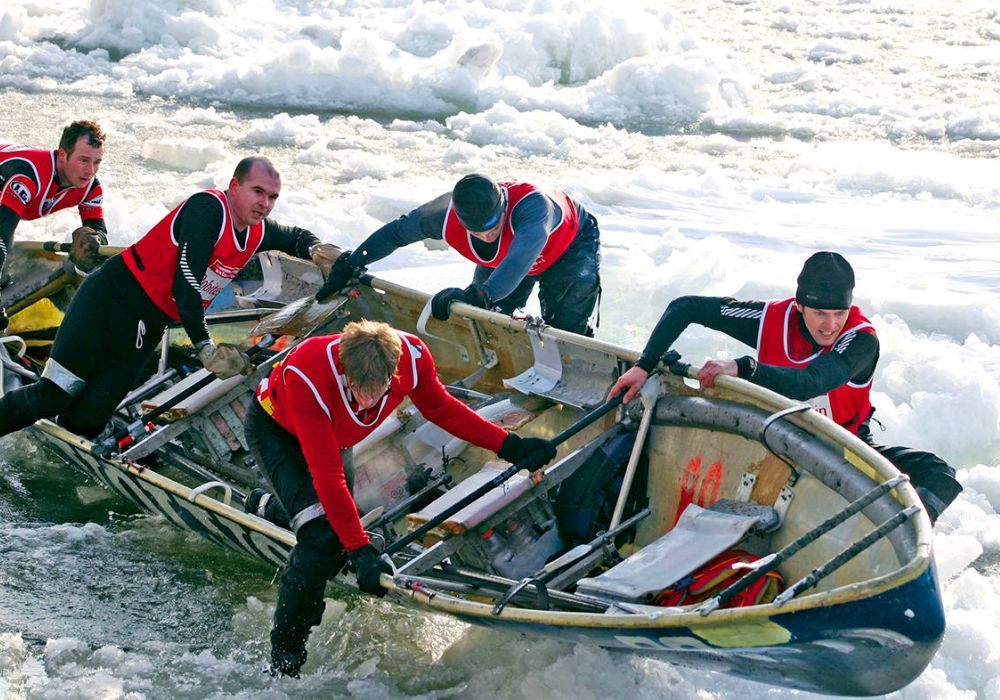
Each outing is composed of five individuals, including at least two experienced Guides, for a successful experience. Ice canoeing is a physically demanding sport that entails paddling huge oars over open water and pushing and sliding the canoe on the ice with customized crampons and taught scooter techniques. Depending on the ice conditions, the canoe can reach speeds of up to 20 km/h when everyone joins forces! Isn’t that good?
3. History begins of Québec Winter Carnival Ice canoe race
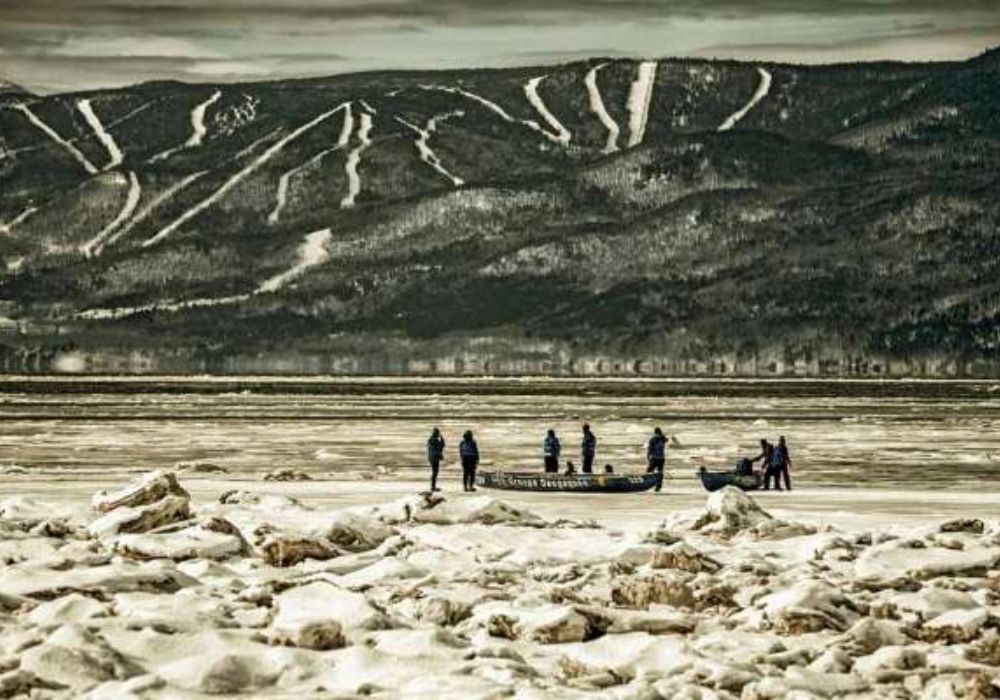
Residents in New France used to have to zigzag through winter ice floes in their bark canoes to get across the river. The tradition had been raised to high art when the city’s first major winter carnival was staged in 1894, and the canoe race from Québec to Lévis was a notable crowd-pleaser. Despite the danger, this extreme activity continues to increase in popularity.
4. Bark canoes
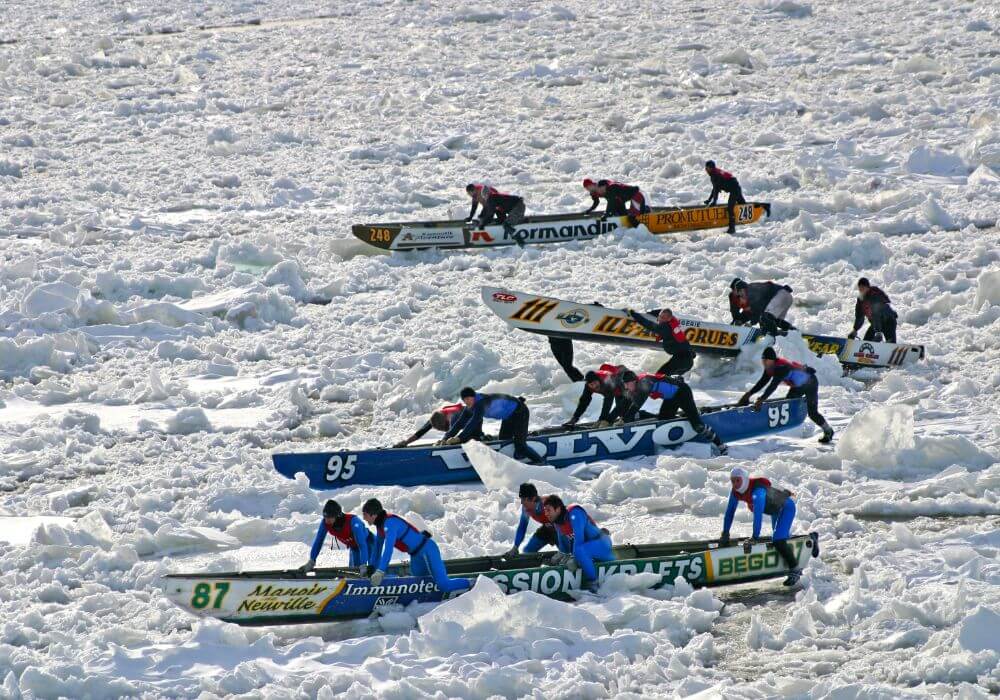
The major mode of transportation for Aboriginals was light but robust bark canoes, which were ideal for traversing Canada’s rivers with their many rapids, frequently forcing voyageurs to carry their canoes on their backs.
